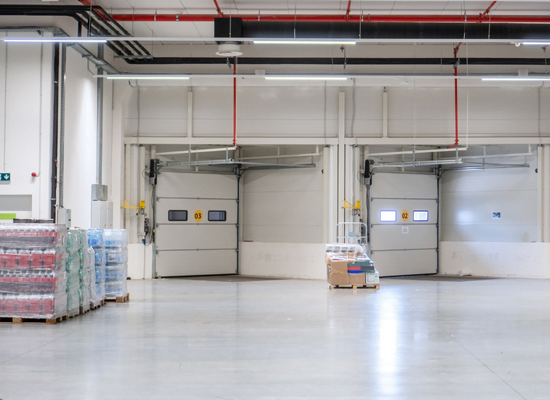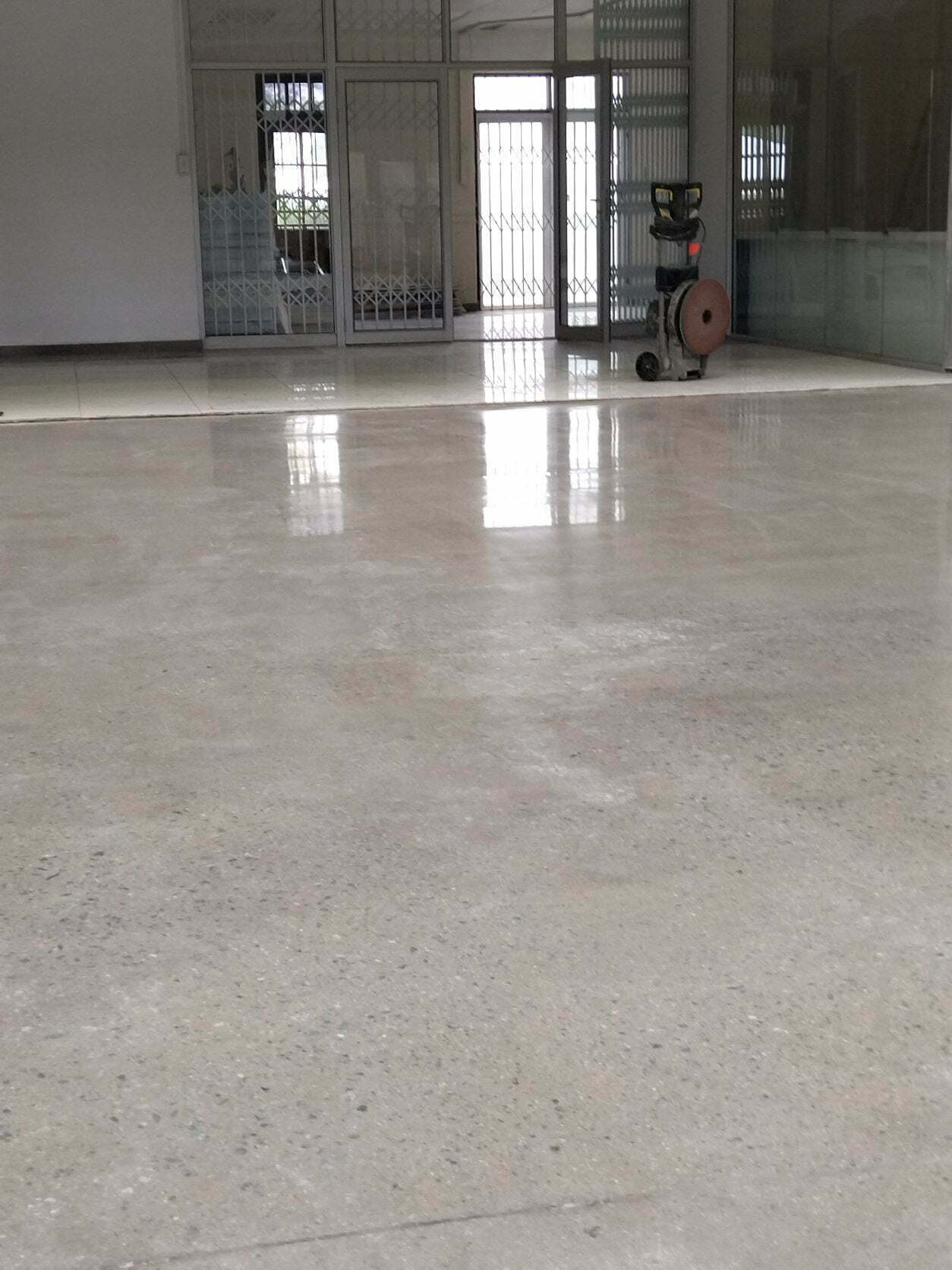16/02/2020 By JOHN COOK

How do you get a burnished concrete finish?
Burnished concrete is the polished concrete finish where there is no aggregate exposed. This is achieved by a few steps. First the concrete when placed must be placed as level as possible as we are not removing any material from the surface any high’s and lows will remain in the concrete. If your floor isn’t laid flat when you look across it, it will look like the ripple of an ocean.
Burnishing the Concrete
When using the power float the concreter needs to burnish the concrete until black, your contractor should understand what we mean by this term and this will start the polishing process. Not all contractors understand this step which is why we prefer to lay the concrete ourselves as we can the guarantee the final result. We arrive two weeks later to continue the polishing process. The concrete needs to cure for two weeks before we start working with it. If you use a higher MPA this can reduce the time however we recommend using a minimum of 32MPA for a burnished finish.


Burnishing the Concrete
When using the power float the concreter needs to burnish the concrete until black, your contractor should understand what we mean by this term and this will start the polishing process. Not all contractors understand this step which is why we prefer to lay the concrete ourselves as we can the guarantee the final result. We arrive two weeks later to continue the polishing process. The concrete needs to cure for two weeks before we start working with it. If you use a higher MPA this can reduce the time however we recommend using a minimum of 32MPA for a burnished finish.

Important Tip
It is important that the concrete is protected before polishing. If you wait to have the floor polished then we cannot remove the stains and marking left behind from building. This can mean that if there discolouration on the concrete that we cannot remove without a heavier grind which will expose aggregate. By allowing us to complete the polishing first we can get a better finish on the floor as the walls are not in the way but also there is less change/risk that the floor has already been contaminated and stained. As we are not removing any material from the surface if the floor is stained before we burnish it become very hard to rectify. Once the floor is polished it is sealed and is fairly resistant to damage. It is important though that the builder tries to protect the floor during the rest of the build.
Protecting your concrete
The best way to protect the floor is to keep a clean job site. Prior to walls and a roof being erected please do a simple cleaning/sweeping or blowing debris and contaminants off the concrete. Don’t leave nails and screws there to get wet and rust. Don’t store timber on there to get wet and leach tannin. Once walls and a roof are installed you can protect the floor by covering. The product we use most often is RAM board but your builder has the final say.


Protecting your concrete
The best way to protect the floor is to keep a clean job site. Prior to walls and a roof being erected please do a simple cleaning/sweeping or blowing debris and contaminants off the concrete. Don’t leave nails and screws there to get wet and rust. Don’t store timber on there to get wet and leach tannin. Once walls and a roof are installed you can protect the floor by covering. The product we use most often is RAM board but your builder has the final say.